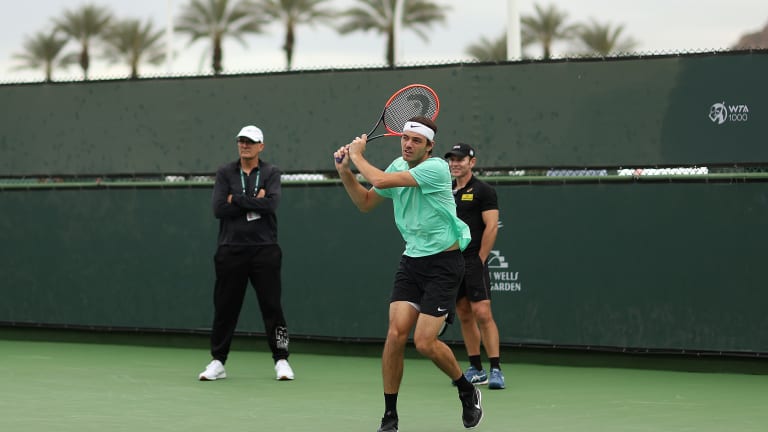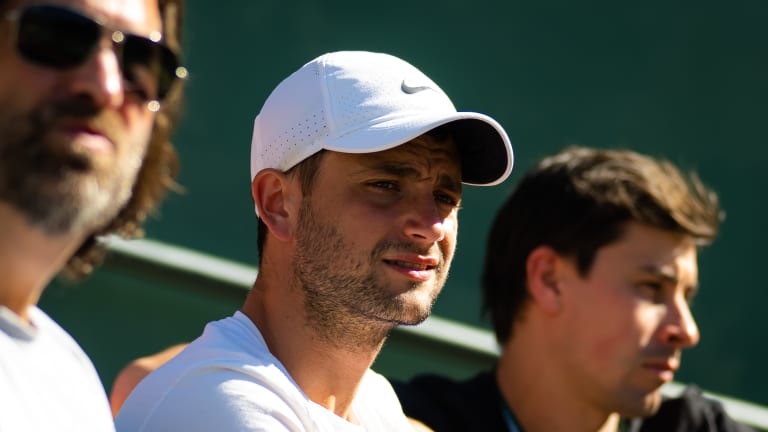Indian Wells, USA
Checking in on sideline coaching: is an open approach helping the game?
By Mar 12, 2023Indian Wells, USA
Mackenzie McDonald is paying the college tennis experience forward with a new fund
By Mar 17, 2025Indian Wells, USA
Mirra Andreeva and Jack Draper win breakthrough titles at Indian Wells: What did we just witness?
By Mar 17, 2025Indian Wells, USA
Jack Draper's run through Indian Wells concludes with his first ATP Masters 1000 title
By Mar 16, 2025Indian Wells, USA
Holger Rune vs. Jack Draper: Where to Watch, Indian Wells Preview, Betting Odds
By Mar 16, 2025Indian Wells, USA
Holger Rune reaches first Indian Wells final over Daniil Medvedev
By Mar 15, 2025Indian Wells, USA
Mirra Andreeva vs. Aryna Sabalenka: Where to Watch, Indian Wells Preview, Betting Odds
By Mar 15, 2025Indian Wells, USA
Mirra Andreeva, 17, advances to Indian Wells final, beating Iga Swiatek in chilly conditions
By Mar 15, 2025Indian Wells, USA
Ruthless Aryna Sabalenka storms past Madison Keys, 6-0, 6-1, in semifinals of Indian Wells
By Mar 15, 2025Indian Wells, USA
Carlos Alcaraz vs. Jack Draper: Where to Watch, Indian Wells Preview, Betting Odds
By Mar 15, 2025Checking in on sideline coaching: is an open approach helping the game?
While sideline coaching is nothing new in tennis, its recent acceptance into the rulebook has challenged coaches on how best to help their players win matches.
Published Mar 12, 2023
Advertising
Advertising

Paul Annacone monitors defending BNP Paribas Open champion Taylor Fritz's practice.
© Getty Images
Advertising
Advertising

Sebastian Sachs watches Emma Raducanu advance at the Indian Wells Tennis Garden on Saturday.
© 2023 Robert Prange